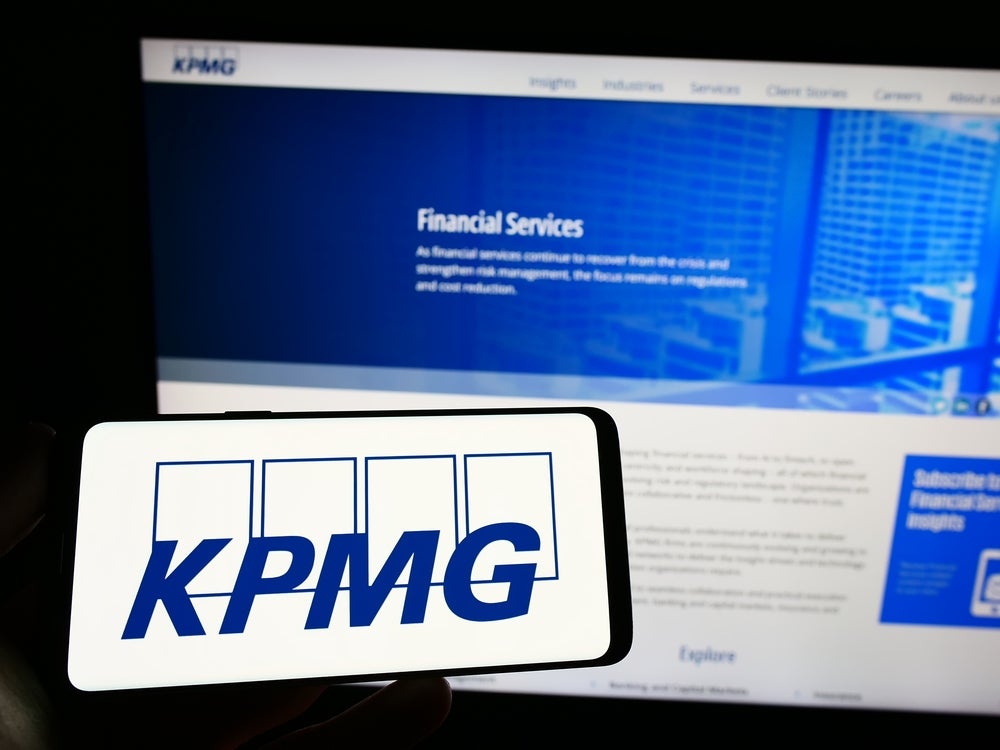Problems in the mortgage market have
returned to haunt US banks despite better than anticipated
half-yearly results (see RBI
596).
Concerns the US government might have to
bail out Freddie Mac and Fannie Mae resurfaced after funding cost
increases meant the government sponsored entities would find it
harder to support the $12 trillion US mortgage market. In turn, US
retail banks will find it harder to move mortgages they originate
off their balance sheets, meaning mortgage rates are likely to go
up and lending set to fall further.
Although an increase in the cost of
funding was anticipated, Freddie Mac sold its most recent $3
billion offering of five-year notes at a yield premium of over 1
percent more than most observers had expected. They were sold at
4.172 percent, 1.13 percentage points above similar Treasuries –
the highest premium it has ever offered on such instruments.
A Freddie Mac spokesperson said higher
than expected funding costs were partly down to the timing of its
recent five-year bond offering, in a month when investors in the
debt market are often away on holiday. The spokesperson added the
business was broadly happy with the deal.The news comes just over a
year since the generally acknowledged start of the credit crisis –
August 2007 was the month BNP Paribas said there had been a
“complete evaporation” of liquidity in certain areas of the US
securitisation market. Since then, despite occasional chinks of
optimism, the consensus is that the crisis is far from over.
Stephen Green, chairman of HSBC, last month said “the worst has yet
to come”, while Mike DeNoma, Standard Chartered’s vice-chairman and
RBI’s Retail Banker of the Year 2007, said in May the
crisis could last for three years.
More recently, former IMF economist
Kenneth Rogoff warned that one of the big US banks could collapse,
while the Federal Deposit Insurance Corporation said it was
monitoring 90 “problem institutions” in its first quarter report.
But Jon Moulton, head of leading UK private equity firm Alchemy,
told RBI that while the US financial system was still
“desperately unstable” it was unlikely any of the bigger US banks
would collapse.
He said: “It’s impossible to disagree,
because it is certainly possible – there is still quite a bit of
interesting stuff decorating those balance sheets. I do not know
without looking at the banks at point blank range, but would I
think it probable a big US bank would collapse? No I wouldn’t. The
too-big-to-fail theory does have some merit to it. You could work
yourself up into a relatively alarming state by looking at all
kinds of random statistics – JPMorgan’s CDS book is 20 times its
net worth. Whether it represents a risk of a fraction of net worth
or a multiple of net worth is completely opaque from outside the
company, so you’d never know.”
How well do you really know your competitors?
Access the most comprehensive Company Profiles on the market, powered by GlobalData. Save hours of research. Gain competitive edge.

Thank you!
Your download email will arrive shortly
Not ready to buy yet? Download a free sample
We are confident about the unique quality of our Company Profiles. However, we want you to make the most beneficial decision for your business, so we offer a free sample that you can download by submitting the below form
By GlobalDataThe major US banks under the most pressure are Washington Mutual
and Wachovia. Looking at half-year results, the banks which managed
to perform relatively well were Wells Fargo, PNC and BB&T.
JPMorgan Chase still managed to post a $4.37 billion profit, down
52 percent from H107, while Bank of America, digesting the
acquisition of Countrywide, posted $4.62 billion in profit, down 60
percent.






